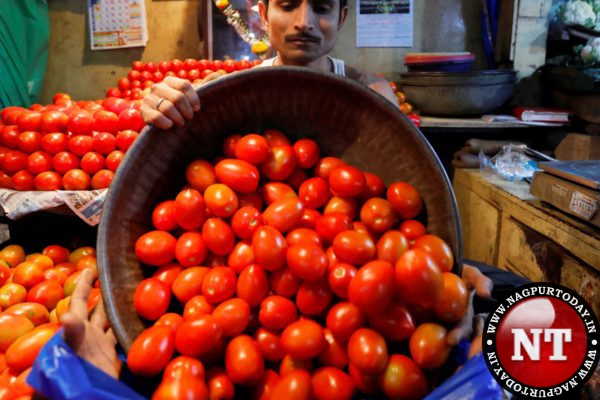Prices of the majority of food items, led by tomatoes and other vegetables, have been on an upward trajectory since the past few months.
Incessant rains in major growing areas in July, that inundated fields and damaged standing crops, affected vegetable supplies in the urban and semi-urban areas.
But the price rise has not been limited to vegetables.
In fact, wheat, rice, spices, and even edible oil rates have shown an upward movement off late.
The bad news for several of the food items, especially vegetables, is that traders and market players say a quick turnaround should not be expected.
Anil Malhotra, a former member of Azadpur APMC and chairman of Vegetable Traders Association, said that tomato prices won’t get down until the new crop from main growing regions of Maharashtra namely Sholapur, Nasik and from Ratlam in Madhya Pradesh starts hitting the market.
“We will get a price of Rs 30 per kg for tomatoes only after two months,” Malhotra said.
A report by Bank of Baroda said that though the current tomato spike might bottom out in the coming months with the July-November arrival of harvest, one needs to be watchful of the onion price shock before the arrival of October-December harvest.
For tomato, much of the pass through has happened from wholesale to retail chain as the gap between the two has touched a high of Rs 19.7/kg in July 2023. But for onions, the pass through is much lower (gap at Rs 6.5/kg in July 2023).
‘Against this backdrop, we see significant risks to the underlying H1 inflation trajectory. The second half of the year might get some comfort with the usual reversal in vegetable prices. For July 2023, we expect CPI to settle 5.8 per cent. The RBI in its coming policy would be continuing with its hawkish pause and might revise its inflation projection for Q2 upwards,’ the Bank of Baroda report said.
















